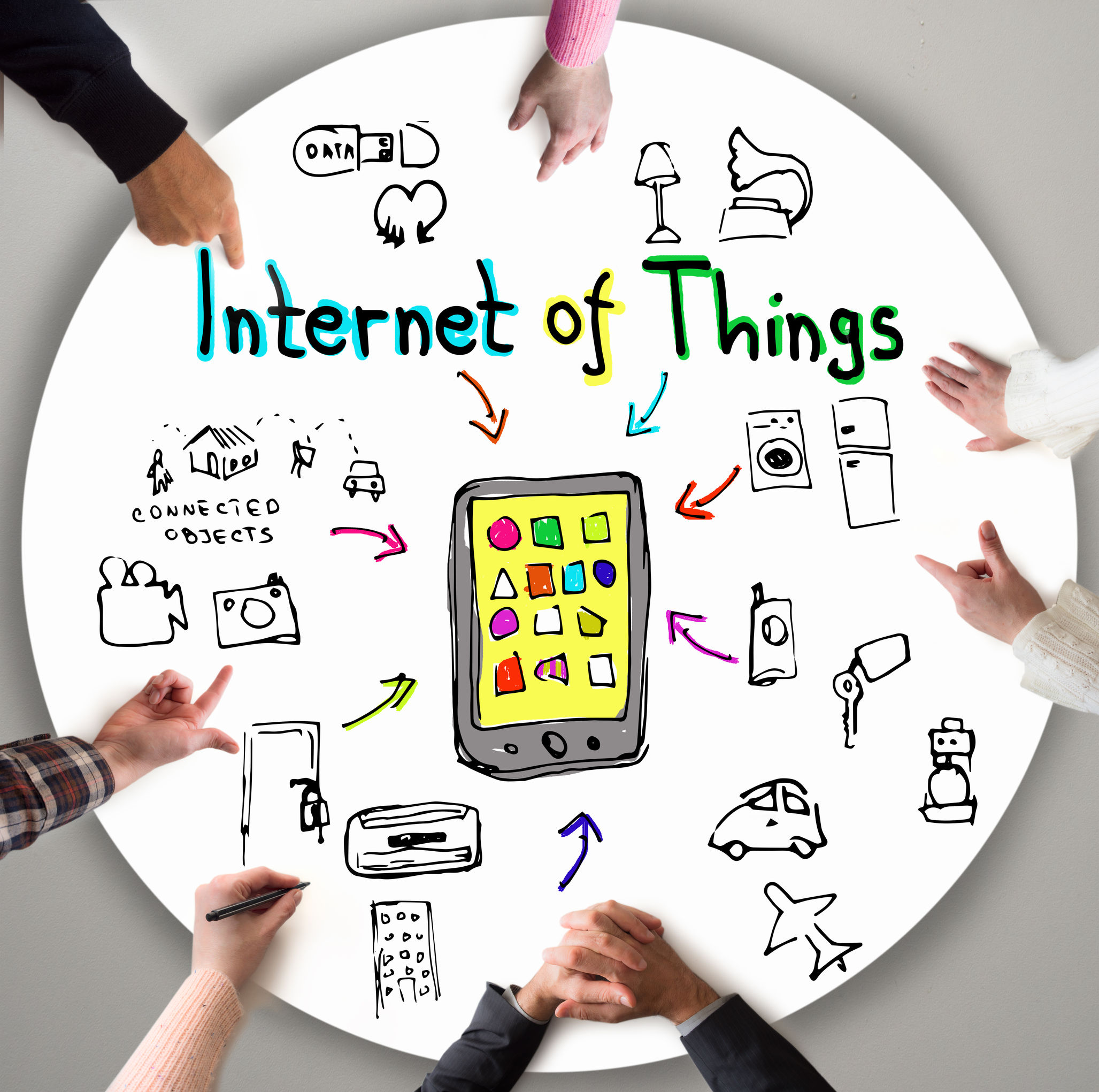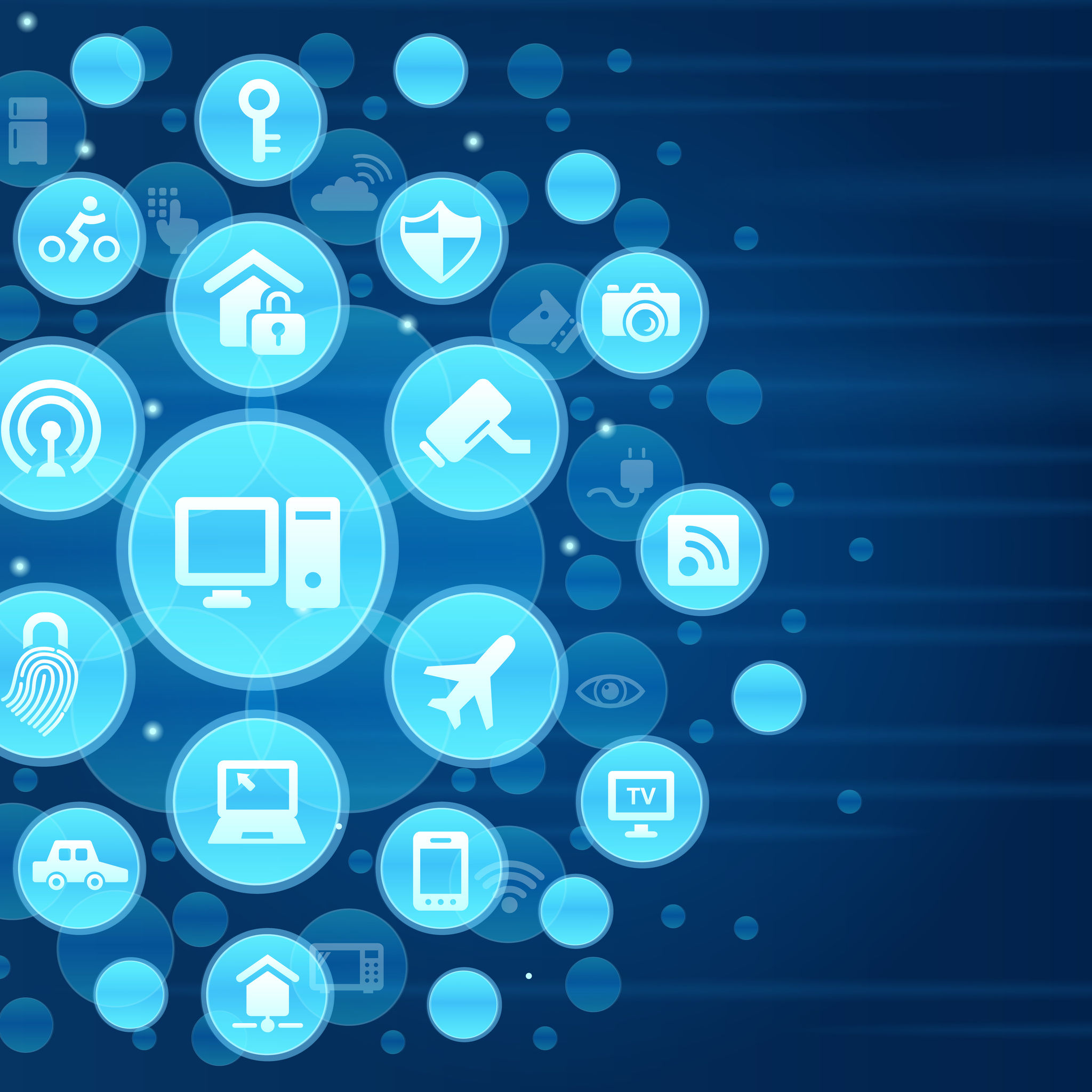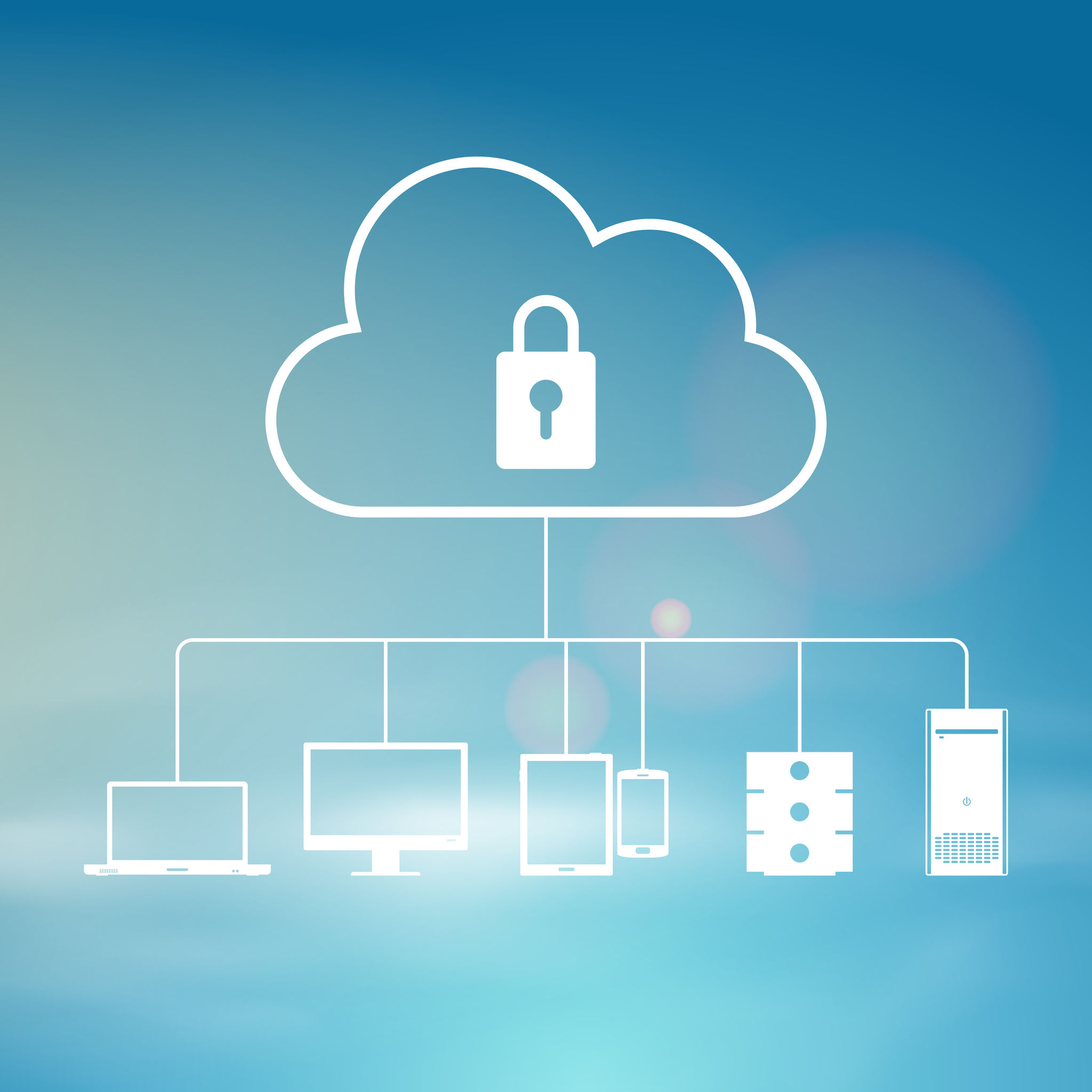The Internet Of Things For 2016
By now, most people have at least heard the term "the Internet of Things" (often referred to simply as IoT), and a growing number know that it refers to the digital interconnection of computers and everyday objects (and perhaps one day, animals and people) over the Internet or similar networks.

One example of today’s fledgling IoT is the interaction of a smart home’s lighting, entertainment system, burglar alarm, HVAC and motorized shades via the home’s Internet connection. But as the IoT emerges from its infancy and becomes more of a real thing than a catch phrase, we’ll begin to see real progress toward the interconnected world it promises.
Here are several of the developments you can expect to see for the Internet of Things in 2016.
There Will Be a Huge Increase in the IoT’s "Things"
Obviously, the Internet of Things requires lots and lots of "things" to be connected to it, in order to be viable. The technology consulting firm Gartner believes that by the end of 2016 some 6.4 billion things, ranging from industrial equipment to toasters, will have Internet connections. That’s 30% more than the number of items connected in 2015, and out of those 6.4 billion connected things, nearly two-thirds of them will be consumer products.

If you’re wondering how that number can increase so quickly, Gartner predicts that 5.5 million new things may be connected to the Internet each day during 2016. That’s just the 'start of things", though, as the company believes that 13.5 billion consumer products alone will be connected to the IoT by the year 2020.
Connected Cars Will Speed Up
In 2016, for the first time, the majority of new cars sold in the United States will be connected. General Motors is leading the way with every one of its new autos now shipping with embedded 4G-LTE technology, and other car manufacturers are following close behind. There are obvious benefits to drivers of connected cars, such as the integrated communication and GPS capabilities possible when a vehicle is its own mobile Internet hot spot, driver assist systems (as a precursor to self-driving cars), and crash notifications which can automatically be sent to police.
The less obvious benefits, though, may be more interesting in the long run. They include automatic software updates for the many computerized systems in cars, automatic adjustments to a vehicle’s speed to compensate for traffic jams further up the road, and personalized car insurance computations based on a driver’s driving habits and vehicle usage.
IoT Security Will Become A Big Thing

A thing to watch, that is. Since the IoT is growing so rapidly, efforts to ensure the security of connected items and devices have lagged seriously behind. The IoT search engine Shodan has one section showing nothing but unprotected video feeds from "security" cameras – everything from home nurseries to open cash registers to marijuana gardens. But that’s just the tip of the iceberg; vulnerable smart home systems are an invitation to burglars, and Wired magazine recently showed how a hacker could take control of a connected Jeep driving down the highway. And the fact that the IoT reaches into critical systems like power grids makes the security issue even more urgent.
Several startups, including Bastille and F-Secure, have launched over the last few months with software designed to monitor the IoT and search for security holes. Look for many more of these security software products and service providers to emerge throughout 2016, to try to catch up with the IoT’s rapid development.



